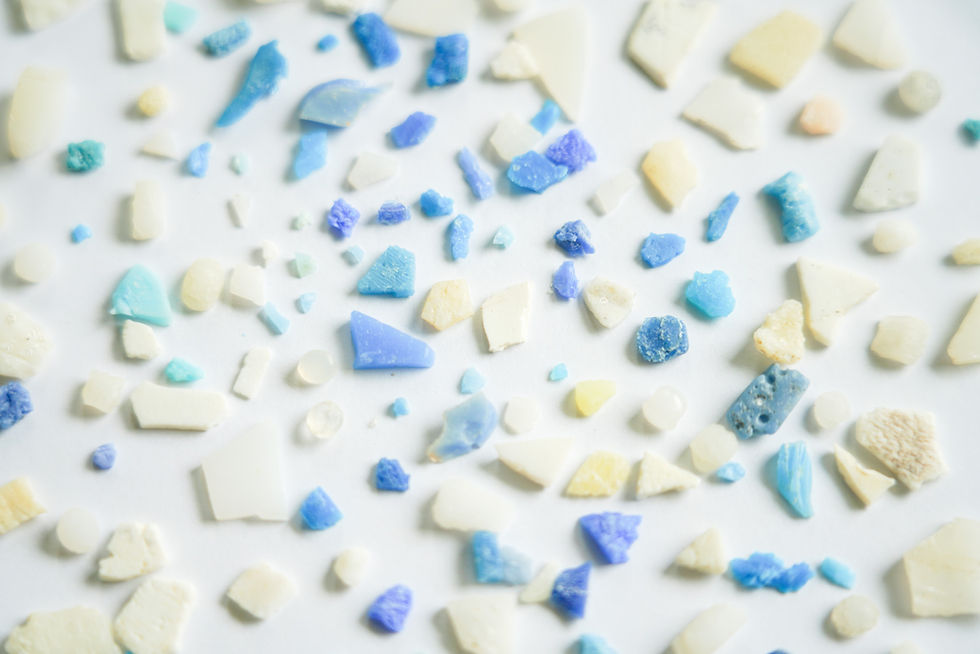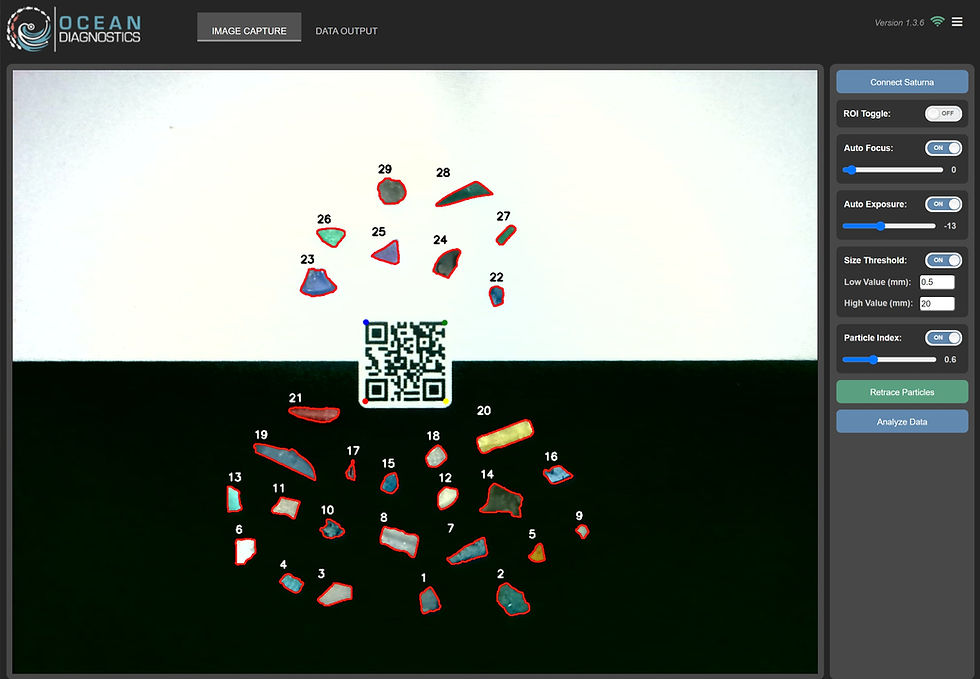From Source to Solutions: The Significance of Microplastic Characterization Data

To understand how microplastics break down, move through the oceans and freshwater systems and collect on coastlines, researchers and community monitoring groups must be able to quantify a robust set of particle size parameters. Understanding microplastic characterization data helps to identify plastic pollution sources and solutions.
Microplastics, plastic particles 5 mm and smaller, have diverse physical properties, and their characteristics provide clues about where they came from. For example, microplastics from car tires may have different characteristics compared to those from synthetic clothing fibres or microbeads in cosmetics. Microplastic characterization data helps to identify plastic pollution sources and solutions.
Discover which distinct data points researchers and community scientists collect below:
|
Circularity 
|
|
|
Colour 
|
|
|
Surface Area, Perimeter and Diameter 
|
|
|
Length and Width 
|
|
Collecting data like circularity, colour, surface area and length is crucial to identify microplastic sources and behaviours in the environment, but collecting this data is time-consuming. The Saturna Imaging System is a game-changing tool that automates microplastic analysis so researchers can rapidly receive standardized microplastics data.
In a single click, the Saturna Imaging System collects 13 distinct data points (like those listed above) for every microplastic imaged. It can be used by researchers and community scientists for manta trawls, ingestion and beach studies. By obtaining this high-quality data, scientists can identify solutions to help tackle microplastic pollution at the source.

Ocean Diagnostics Inc. (ODI) is a Victoria, B.C.-based environmental impact company that diagnoses and protects our planet from the threats of plastic pollution and biodiversity loss. Through innovative technology, cutting-edge laboratory capabilities and collaborative partnerships, ODI enables scientists and the public to collect the data needed to influence local and global solutions.
